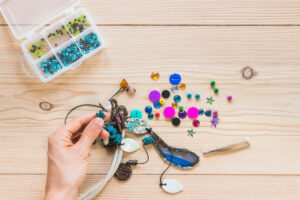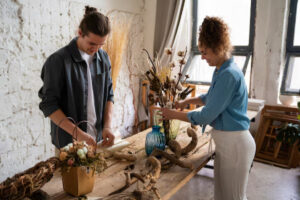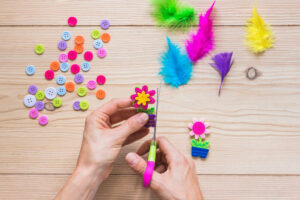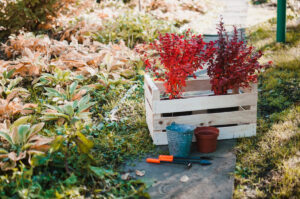The DIY & Crafts Blog
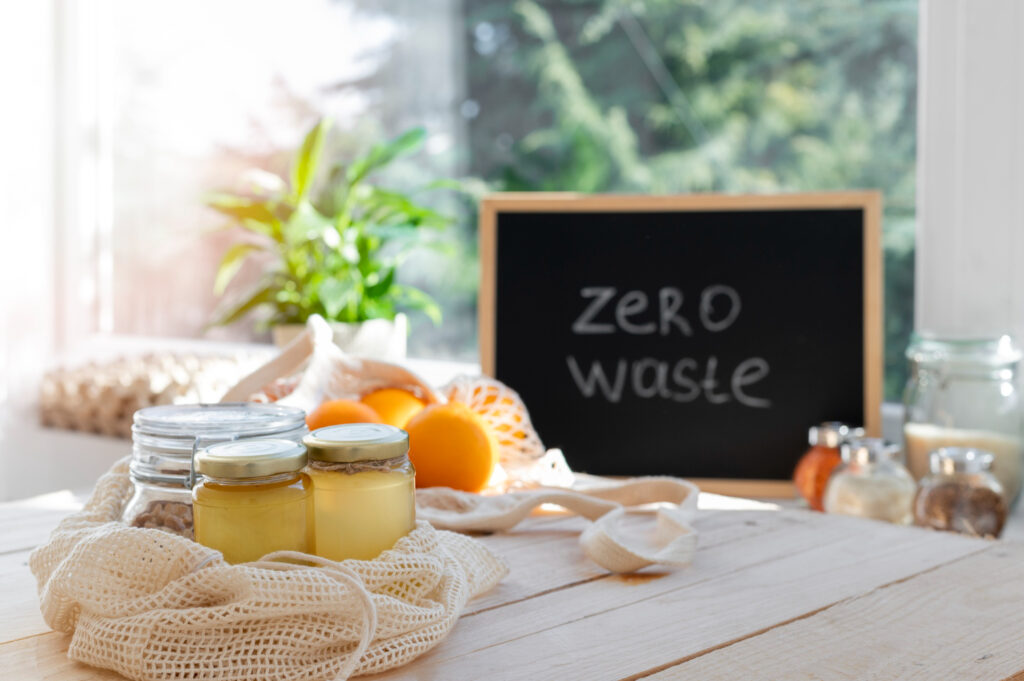
Zero Waste Living: How Upcycling Can Reduce Waste
Waste is one of the most significant environmental challenges we face today. Landfills are overflowing, and pollution devastates ecosystems; it’s never been more important to practice the principles of a zero-waste lifestyle. Upcycling for sustainability is a highly effective option to reduce waste and live sustainably. Upcycling is all about taking things we would throw away and using them to create something beautiful or functional.
In this guide, we will discuss how upcycling becomes part of the zero-waste lifestyle, the benefits of incorporating upcycling into your lifestyle, and some of the best DIY projects you can do at home to reduce waste. Whether you’re an eco-newbie or a seasoned warrior4, these ideas will help you cut back on waste in the spirit of creativity and sustainability.
What is Upcycling?
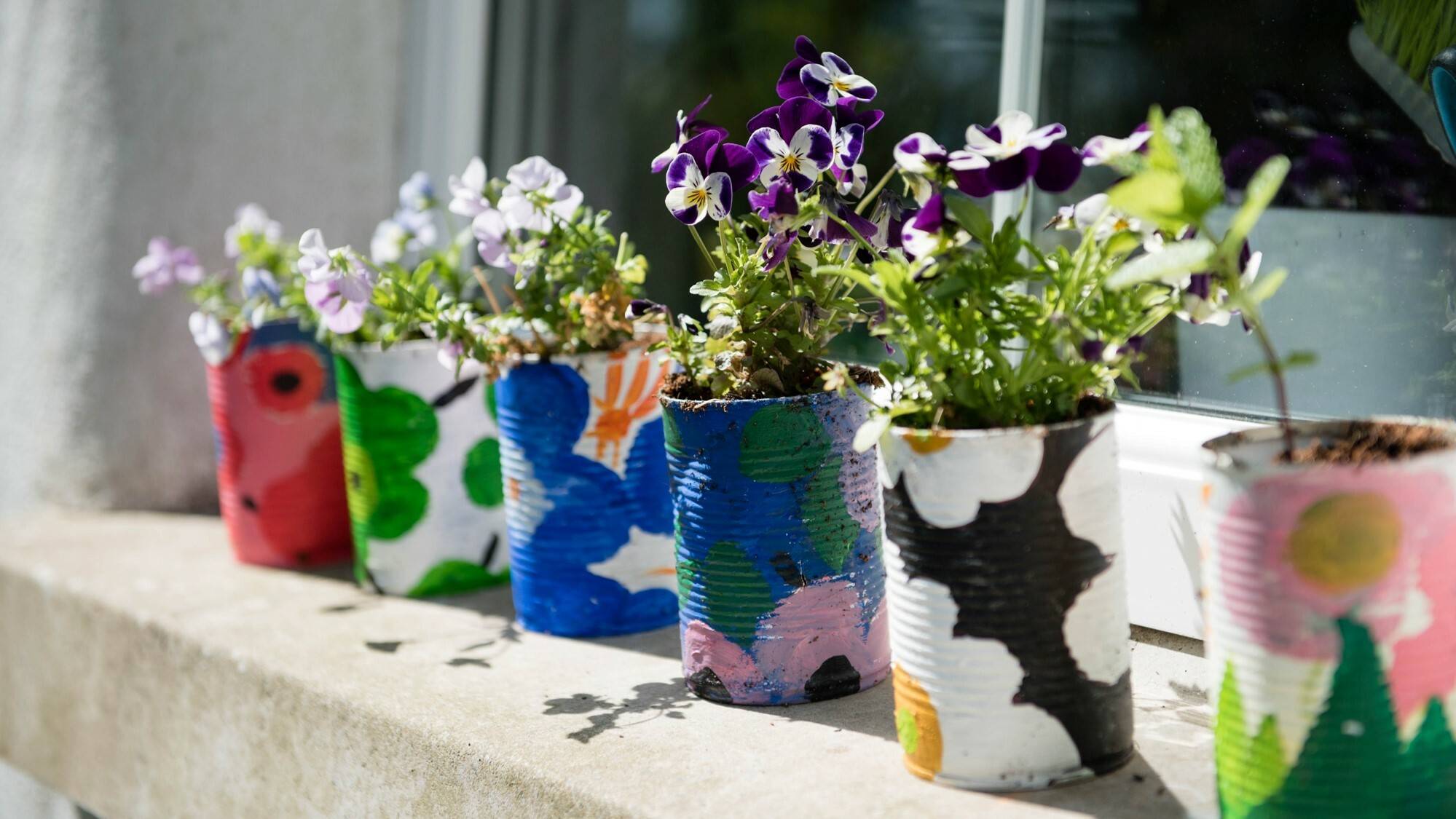
Upcycling means making old or unwanted materials useful again. It is different from recycling, which breaks down materials to make new products. Upcycling, on the other hand, repurposes materials with little processing, making it a more sustainable choice.
Why Upcycling is Essential for a Zero Waste Lifestyle
- Reduces landfill waste by giving new life to discarded materials.
- Reduce resource use by reusing existing items instead of buying new ones.
- Lowers carbon footprint by cutting down on production and transportation-related emissions.
- Encourages creativity and resourcefulness in making eco-friendly choices.
- Saves money by reducing the need to purchase new products.
Upcycling for sustainability helps reduce waste. You can also support a healthier planet.
The Environmental Impact of Waste & How Upcycling Helps
1. Reducing Landfill Overflow
Millions of tons of waste go to landfills each year, taking up space and releasing harmful greenhouse gases. By upcycling, we divert waste from landfills and help reduce pollution.
2. Conserving Natural Resources
Manufacturing new products requires raw materials such as trees, water, and metals. Upcycling saves valuable resources by repurposing old materials instead of using new ones.
3. Lowering Carbon Emissions
The production and transportation of new goods contribute to carbon emissions. Upcycling cuts down on unnecessary production. This helps lower the carbon footprint from manufacturing and shipping.
4. Encouraging Sustainable Consumerism
When consumers make upcycling a habit, they choose sustainability. This reduces the need for mass-produced goods and helps promote a zero-waste lifestyle.
Creative Upcycling Ideas to Reduce Waste
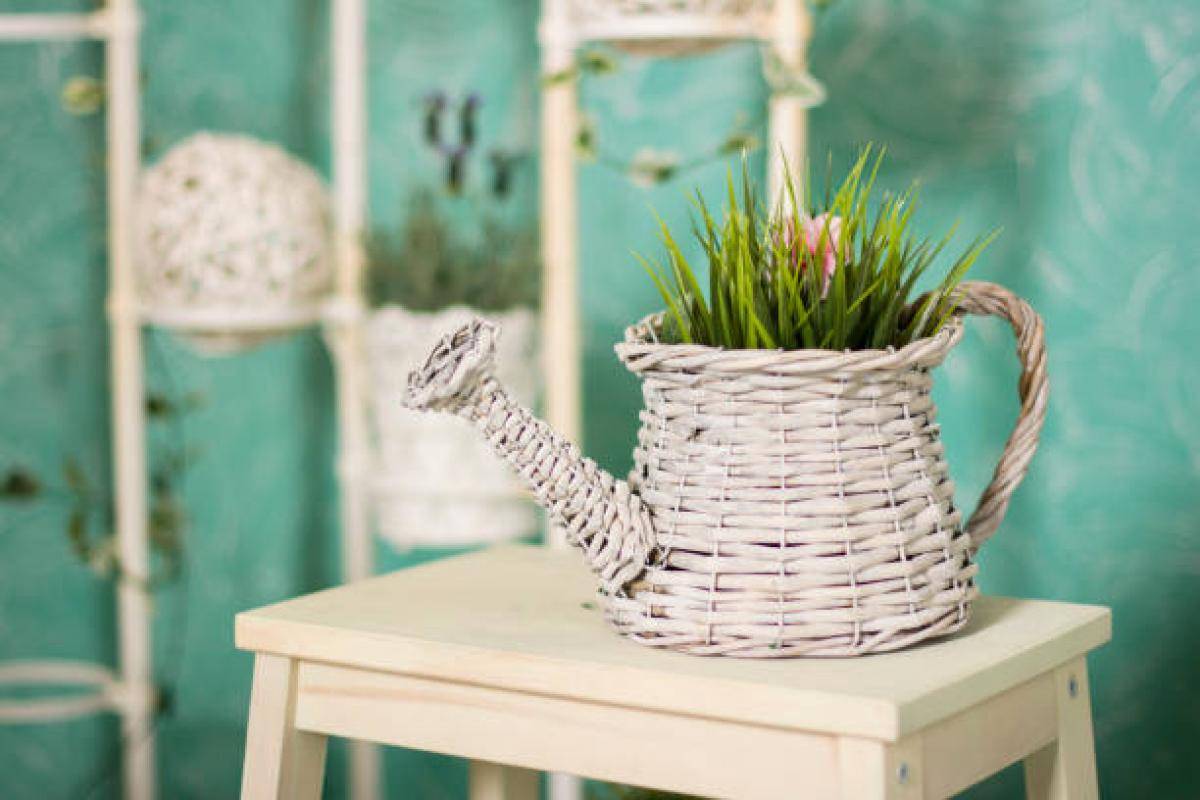
1. Upcycled Home Decor
Instead of buying new furniture or decorations, consider upcycling old materials:
- Wooden pallets can be turned into stylish furniture like coffee tables or bookshelves.
- Glass jars can be repurposed into candle holders, planters, or storage containers.
- Old picture frames can create unique wall art or memo boards.
- Vintage suitcases can be transformed into quirky shelving units or pet beds.
- Mason jars can become trendy hanging light fixtures or herb gardens.
2. DIY Fashion from Upcycled Fabrics
Fashion waste harms the environment, but DIY projects can help. They give old clothes a fresh start.
- Old jeans can be turned into tote bags, aprons, or patchwork quilts.
- Worn-out T-shirts can be braided into rugs, pillow covers, or reusable shopping bags.
- Vintage scarves can be upcycled into headbands, scrunchies, or stylish fabric wraps.
- Sweaters can be repurposed into mittens, leg warmers, or cushion covers.
3. Upcycled Kitchen Essentials
Reduce waste in the kitchen with these creative ideas:
- Wine corks can be turned into coasters or bulletin boards.
- Empty tin cans can be transformed into utensil holders or small plant pots.
- Old cutting boards can be repainted and used as decorative serving trays.
- You can turn broken ceramics into unique mosaic art for tabletops and garden paths.
4. DIY Garden Upcycling Projects
- Broken furniture can be repurposed into garden benches or planters.
- Plastic bottles can be turned into self-watering planters or bird feeders.
- Old tyres can be painted and used as garden beds or swings.
- Discarded ladders can be repainted and used as vertical garden stands.
- Old rain boots can be filled with soil and transformed into quirky flower pots.
5. Upcycling for Kids: Fun & Educational Crafts
Upcycling isn’t only for adults. It’s a fun way to teach kids about sustainability and boost their creativity.
- Cardboard boxes can become dollhouses, forts, or DIY organisers.
- Egg cartons can be used for arts and crafts projects like caterpillars or paint palettes.
- Old CDs can be turned into shiny sun catchers or DIY spinning tops.
- Plastic bottle caps can be painted for learning games or art projects.
How to Incorporate Upcycling into Daily Life
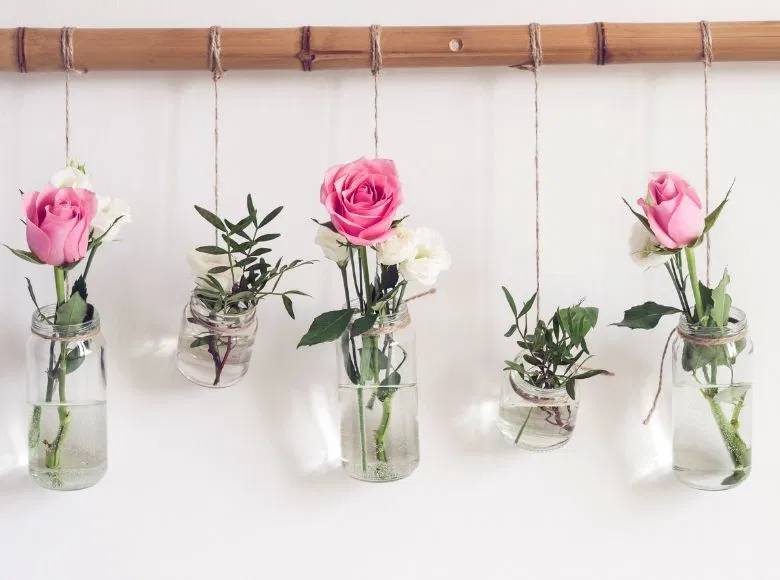
1. Start Small
Start with easy projects. For example, you can reuse glass jars for storage or turn old T-shirts into cleaning rags. Small changes add up over time.
2. Get Creative
Look at waste items with a fresh perspective. Before discarding something, think about how it could be repurposed.
3. Join Upcycling Communities
Join upcycling groups on social media or go to local workshops. Get inspired and share ideas!
4. Support Sustainable Brands
Buy from companies that use upcycled materials or focus on sustainable production practices.
5. Educate & Inspire Others
Show your upcycling projects to friends and family. This can inspire them to adopt upcycling for a more sustainable lifestyle.
Challenges of Upcycling & How to Overcome Them
1. Finding the Right Materials
Not every item is suitable for upcycling. Try sourcing materials from thrift stores, garage sales, or community swap events.
2. Limited Time & Skills
Some projects may require crafting skills or extra time. Start with simple DIY projects before moving on to more complex upcycling ideas.
3. Space Constraints
If you have limited space for upcycling, try small projects. You can repurpose old jars, paper, or fabric scraps.
The Future of Upcycling and Sustainable Living
Upcycling is gaining attention as people worry more about climate change and waste. It’s now an essential part of the sustainability movement. Governments and businesses are advocating circular economies in which products are designed for reuse to upcycle them rather than to be thrown away.
Upcycling for a better world: live zero waste and help the planet!
Conclusion: Small Changes, Big Impact
Upcycling is a craft and a way to live more sustainably while minimising waste. So whether it’s décor for the home, clothing, or waste-reducing DIY projects, any small action is a step in the right direction.
Embracing upcycling as a part of our daily lives is one step closer to a zero-waste lifestyle and promotes a culture of creativity and sustainability.
Which upcycling project will you attempt first? What do you think of it? Do you have something to share about it?



